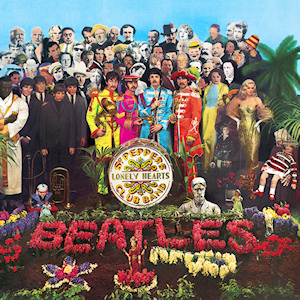Continuing with a topic I have recently been thinking about, I have come upon an interesting essay; inspired by a stage version of Mrs. Dalloway, it is a couple of years old but makes pertinent observations just the same, and not necessarily specific to Virginia Woolf. It reminds me of just how often I wonder at the fortitude or foolhardiness of some theatrical or cinematic adaptations from the literary moderne of a century ago, and whether some forms are just better left as they were intended. The conservative in me speaks.
Considering the 2018 experimental production at the Arcola Theater in London, Michael Cunningham’s “The Hours” and its film adaptation, Jo Glanville ponders, with reference to renowned Woolf biographer Hermione Lee, how adequate any adaptation of Woolf’s work can ever be, and especially here Mrs. Dalloway, composed as it is of a fragmentary flow of imagination and memory – unordered, even chaotic.
… Woolf evokes the very experience of being alive through a ceaseless poetic chain of thoughts, responses and memories as the narrative shifts between the world within and the world outside. In an essay on the novel, Hermione Lee quotes from Woolf’s correspondence with the painter Jacques Raverat while she was writing Mrs Dalloway. Raverat wrote that it was not possible to represent the way our minds respond to an idea or experience in a linear narrative. Woolf responded that it’s the job of a writer to go beyond ‘the formal railway line of sentence’ and to show how people ‘feel or think or dream […] all over the place’. How can an adaptation recreate that effect?…
Boundless, Unbound.com
Glanville doesn’t exactly answer the question she poses, and appears as sceptical as I tend to be, but nevertheless clearly admires the bravura in having a go, for better or worse, at transforming all the fleeting moments, shadings of emotions, muddled thoughts that make Mrs. Dalloway such a splendid work of literature, into a “real time” experience of sorts. When it’s all said and done, any attempt to capture the haunted past and let it mingle amongst the crowded present is very much in the spirit of Virginia Woolf. Perhaps an adequate enough reason after all. Bring them on – the reworkings, the inspired appropriations! The radical now raises her voice.





